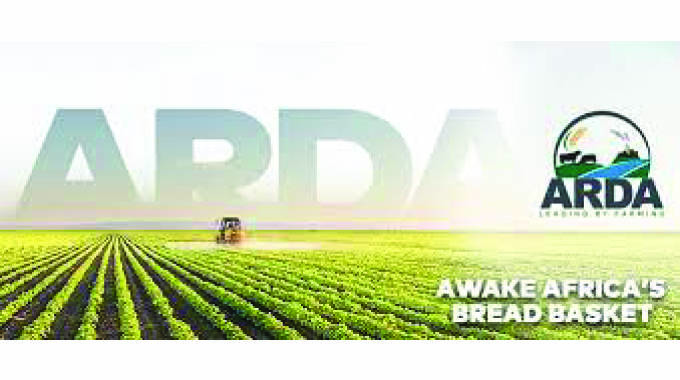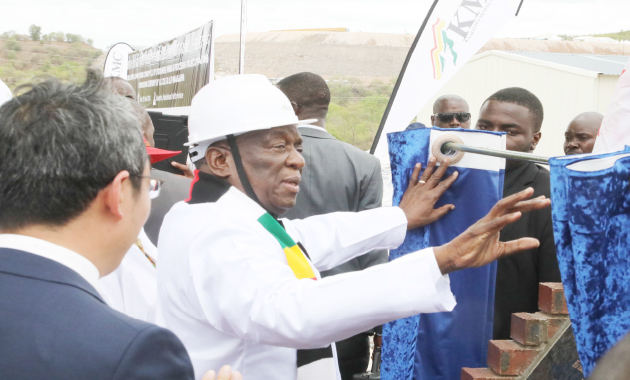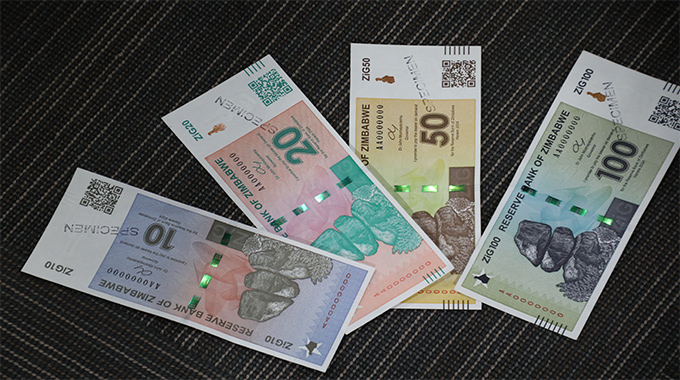GMB to start paying farmers for grain deliveries

Bongani Ndlovu, Chronicle Reporter
THE Grain Marketing Board (GMB) will soon start paying farmers around the country US$27 million for grain deliveries following the payment of what was owed in local currency.
This was said by Minister of Lands, Agriculture, Fisheries, Water and Rural Development, Dr Anxious Masuka after a tour of Bubi-Lupane Irrigation Scheme in Matabeleland North Province last week.
The irrigation scheme set up by President Mnangagwa in 2021 as a blueprint that will be replicated around the country, has 90 households benefitting from it.

Dr Anxious Masuka
For the 2022/23 agricultural season, Bubi-Lupane Irrigation Scheme has 60 hectares under maize, and 120 hectares under sunflower.
For the previous season, chairperson of the irrigation scheme Mr Douglas Khumalo said farmers received the Zimbabwe dollar component after deliveries and now await the forex payment.
“Each farmer at Bubi-Lupane Irrigation Scheme is supposed to receive US$370 adding to the $500 000 that has been paid. The farmers are happy with the way they have progressed in life as some have started building,” said Mr Khumalo.
He thanked Government for the continued support to the irrigation scheme.
Minister Masuka said GMB will be distributing US$27 million to farmers around the country for grain deliveries.
“The GMB owes farmers US$27 million. But they have paid all the Zimbabwe dollars. So, if you have received the Zimbabwe dollars that’s fine. We will be paying the US dollars soon,” said Minister Masuka.
He said he was pleased to hear that people in rural areas are being uplifted by the scheme as envisaged by President Mnangagwa.
“People are utilising and investing the money. That is what we call rural development. That is what the President wants to see. And a lot of people will be coming to see this project. We want Bubi-Lupane Irrigation Scheme to continue as the shining example of what agriculture can do to uplift communities,” said Minister Masuka.
For 10 years, the vast tract of arable land in the provincial capital of Matabeleland North has been lying idle despite its huge potential to improve the livelihoods of locals. It was revived by Government through the Agricultural Rural Development Authority (Arda).

Grain Marketing Board (GMB)
Today, the irrigation scheme, which is situated in Mpofu Village under Chief Mabhikwa, has been turned into a green belt. It is one of the flagship Government projects that symbolises hope for 90 families. Through Government support, Bubi-Lupane Irrigation Scheme helped transform subsistence agriculture at the household level into commercial agriculture as part of rural development and industrialisation in line with Vision 2030, which is anchored on driving the country’s economy into an upper middle-income one.
The 200-hectare irrigation scheme was in 2021 identified as a pilot project for an integrated business model to be replicated by 450 irrigation schemes across the country as the Second Republic accelerates rural development and industrialisation.
In September 2021, President Mnangagwa launched the Arda Vision 2030 accelerator model programme at Bubi-Lupane Irrigation Scheme to stimulate rural industrialisation through agricultural development.

The Agricultural Rural Development Authority (Arda)
Under the model, each district across the country will have 200 hectares under irrigation with the beneficiaries being locals.
Lupane is a rural semi-arid area with a growing population and after some infrastructural expansion was made the capital of the province.
The area falls under the Savanna climate largely characterised by woodlands and grasslands. Over the years, the local community has been largely practising subsistence farming, relying on seasonal rainfall for watering crops.












Comments